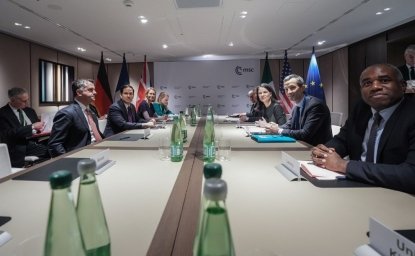Finland is in the process of joining NATO due to the new security environment in Europe following the Russian invasion of Ukraine. Consequently, during the spring of 2022, Finland upended its previous security paradigm of military non-alignment built on a capable national defense, bilateral security partnerships with NATO and EU countries, and a working relationship with Russia by applying to join the Western alliance.
After submitting its application on 18 May 2022, Finland has now entered the daunting ratification phase by all 30 NATO members. The application process itself was seen as a once-in-a-generation shift in security policy. Down the road, Finland will face the process of fully integrating its defense structure with NATO’s. Since the end of World War II, Finland has forged its own distinctive military culture and capabilities, and now it will need to ensure full operability with 30 other members of the Alliance. At the time of writing this report, 28 of 30 NATO members have ratified Finland’s NATO accession, with only Türkiye and Hungary’s approval remaining. Regardless of the length of the ratification process, Finland will prove to be a strong addition to the Alliance and will enhance NATO’s capabilities in multiple ways. This report will explore the contributions Finland could make to NATO as a member, from enhancing the Alliance’s capabilities in the Arctic to strengthening Nordic security architecture.
Benefits of Finland joining NATO
There are three key areas where Finland could make significant contributions to the Alliance. First, on resilience: Finland’s conscription-based reserves total 900,000 with a wartime strength of 280,000. Finland has a robust civilian defense infrastructure built upon a national comprehensive security strategy, the Civilian Total Defense, that could be activated in the event of crisis and war. It encompasses, among other factors, society-wide food, and fuel reserves for at least six months in strategic stockpiles and bomb shelters for the urban population. Finland’s Civilian Total Defense apparatus was created as a direct consequence of repelling the Soviet Union’s full-scale invasion in the 1940s. These strategic stockpiles were tapped into during the Covid-19 pandemic, demonstrating their usefulness. Resilience is a combination of capabilities and a state of mind—Finland’s ethos of preparedness offers a model for NATO member countries to emulate to withstand challenges in the 21st century.
Second, as a technologically advanced nation, Finland hosts various industrial-grade IT capabilities, including 5G telecommunication and cyber security. When Finland joins NATO, the Alliance will also gain a major provider of 5G infrastructure (Nokia) - one of the three major companies providing such infrastructure, the other two being Ericsson in Sweden and Huawei in China — and innovative satellite technology (ICEYE). In terms of security, the Finnish model entails a close collaboration between the private and public sectors, with various public-private partnerships that tap into each other's relative strengths, such as speed of doing business and long-term planning and financing. Moreover, by international standards, Finnish society is resilient to digital attacks, currently ranked eleventh in the Cyber Security Index. The proliferation of capabilities and intelligence in telecommunication technologies offer attractive opportunities for NATO inter-member procurement.
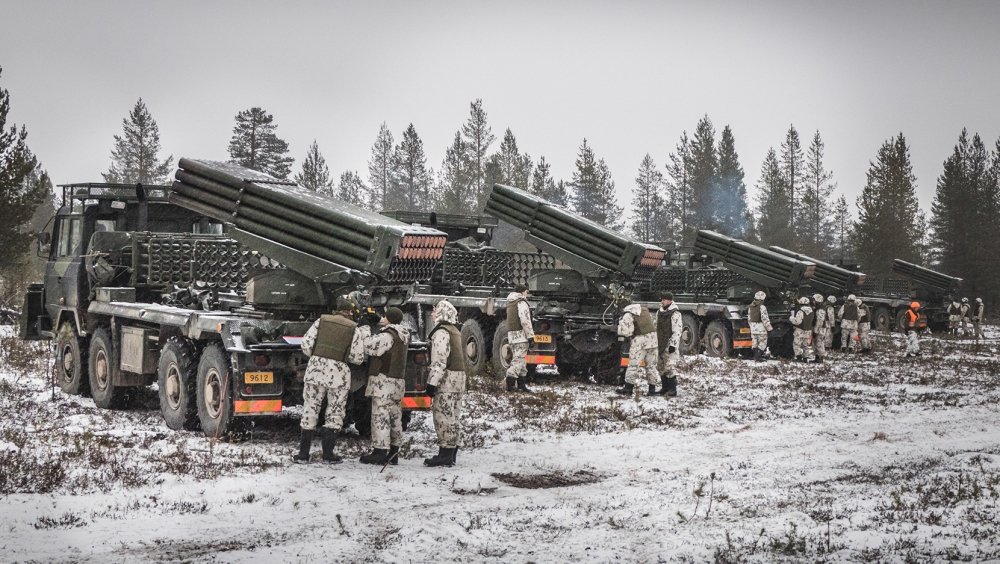
Third, Finland is a net addition to NATO’s defensive capabilities. Finland’s artillery forces are the largest and best equipped in Western Europe and will be a key strategic asset to the Alliance. With some 1,500 artillery weapons, including 700 Howitzer guns, 700 heavy mortar, and 100 rocket launcher systems, the Finnish artillery has more artillery firepower than the combined militaries of Poland, Germany, Norway, and Sweden can currently muster. Europe’s largest artillery training area, Rovajärvi, in Northern Finland, and other training areas offer NATO strategic military opportunities for capability training with plenty of artillery pieces, which still dominate the modern battlefield. NATO enlargement inherently creates more space to defend for the Alliance which could dilute its defensive capabilities. However, Finland has the capability to provide for its defense and will be a net contributor to security, not a burden. As a member of NATO, Finland offers robust defenses for the Alliance in the northeast flank, notably in its proximity to St. Petersburg, the Baltic Sea, and the Arctic near Russia’s Kola Peninsula.
Bolstering the Alliance’s Nordic and Arctic Fronts
Finland and Sweden’s NATO membership will have geostrategic repercussions in the High North. The shared border between Russia and NATO will more than double in length; the Baltic sea — seen by some as a NATO lake with all coastal states now part of NATO — will take on new strategic importance. The NATO Defence Planning Process (NDPP) will soon be able to harmonize the defense planning of the five Nordic countries. For the first time since the abolition of the Kalmar Union in 1523, all of the Nordics will be members of the same military alliance. From a military strategy perspective, the additional geographical depth that Finland and Sweden create for regional defense is extremely valuable for all the Nordic countries, as well as for the Baltics. Thus, a swift inclusion in NATO’s operational defense plans is expected at the moment of accession.
As such, the existing Nordic security framework will become increasingly important when Finland and Sweden join NATO. This view was solidified with a joint statement in August 2022 by the Nordic Prime Ministers: “Nordic defense cooperation will be adjusted to the new security order through joint training, integrated planning and the ability to conduct operations seamlessly, the effectiveness of our defense can be greatly enhanced.” Intergovernmental forums like the Nordic Council of Ministers, Nordic Council, and the Nordic Defence Cooperation (NORDEFCO) will remain important for tangible regional actions, such as clearing legislative and regulatory barriers for border-free military interoperability and collaboration. Through common defense planning, the Nordic countries might overcome some of the fragmentation of defense spending that weakens the EU countries. Contrary to some beliefs that Finland and Sweden’s NATO membership will replace NORDEFCO, the Nordic Council, and other regional fora, they will continue to operate and complement ongoing NATO activities. Although more defense and security conversations might occur in NATO’s Brussels headquarters instead of NORDEFCO, the layers of regional cooperation present in the Nordics offer many opportunities for future integration of Ally’s militaries. In addition to the synergies stemming from the unified Nordic nations, the strong bilateral Finnish-Swedish military partnership will continue developing. Given its geostrategic reality, Finland is bound to concentrate on roles within NATO related to the Nordic defense, Baltic Sea operations, border surveillance, and Arctic security. The Arctic theater will take on renewed importance when Sweden and Finland join NATO.
Norway has largely been the driver of NATO’s interest in the European High North as a founding member of NATO in 1949 and with its Russian border. Russia—whose coast accounts for 53 percent of the Arctic Ocean— has considerable commercial interests and military infrastructure in the Arctic, as the region hosts rich mineral and energy resources that are the backbone of the Russian economy. The intensifying effects of climate change have tremendous consequences for the Arctic theater. First, it is estimated that more than 20 percent of the world’s new, technically recoverable fossil fuel resources are in the Arctic and will become available as climate change progresses. Second, polar ice melting will make the Northeast passage — first discovered by the Finnish explorer Adolf Erik Nordenskiöld in 1879 — increasingly navigable. The Northeast passage is the shortest sea lane from Europe through the Bering Strait to Asia and shortens the distance by some 25-35 percent compared with the usual route through the Suez Canal and will bring high cost and time savings for international trade in the area. The economic potential of the Arctic has not gone unnoticed by China, which has extended its influence in the region by becoming an observer in the Arctic Council and has made the Northeast passage a part of its Polar Silk Road initiative.
Political clashes among Arctic countries and other stakeholders are expected to heat up as the polar ice melts, and multiple major powers compete for influence. Consequently, the need for NATO’s surveillance will only increase in the area, and Finland’s specialized maritime industry might play a part in offering solutions for the challenges of freezing waters. Finland is the world’s leading icebreaker designer, having designed some 80 percent of the world’s icebreakers, and is currently operating nine state-owned icebreakers. These icebreakers can carve paths through the cold, blistering winters with its thick ice in the regions surrounding the Barents Sea and the Arctic Ocean. At present, NATO members only have a handful of icebreakers at their disposal, with most in Canada. In contrast, Russia has approximately 40 icebreakers, and China just obtained its second, this time domestically constructed, icebreaker. Finland’s specialized experience in icebreaking technology was born out of necessity — all of its ports freeze in winter months and approximately 90 percent of Finland’s imports and exports are via sea.
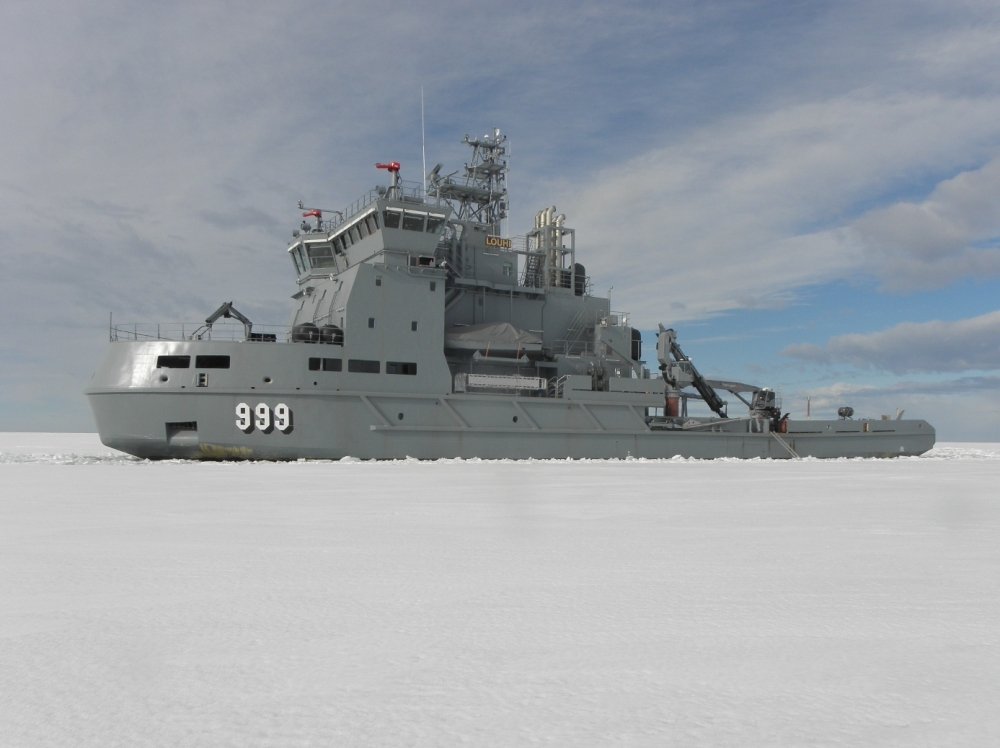
Even though Finland also has a long history of manufacturing icebreakers — 60 percent of the existing ones are built in Helsinki — currently, the shipyard is facing trouble due to its ownership by Russian investors. Furthermore, the sale of its latest project, a large LNG-powered icebreaker, outperformed only by Russia’s nuclear-powered ones, for the mining and smelting company Norilsk Nickel is prohibited. Western sanctions forbid trade in icebreakers with Russian companies, jeopardizing the company’s future. It is imperative to resolve this ambiguity in ownership and ensure that future projects are oriented toward NATO Allies versus Russia. With Finland’s impending NATO membership, its shipyards will no longer be seen only as a national treasure to Finns but as a vital boon to the Alliance of Arctic shipbuilding know-how and decades of engineering and operational experience. If a conflict emerges in the Arctic, NATO will be better equipped to address this challenging environment with the aid of Finland’s icebreaker fleet.
Conclusion
At the time of writing, Finland and Sweden are awaiting ratifications by Hungary and Türkiye. The process may drag out until the summer of 2023 after the Turkish presidential elections, and it is unlikely that Hungary will delay ratification further. Ultimately it is a matter of time until the Alliance grows from 30 to 32, with Finland and Sweden’s NATO membership offering a significant leap in Arctic capabilities, creating a Nordic stronghold, and further containing Russia in its aggressive imperialism. With a strong and independent military, civilian resilience, manufacturing and sharing high-tech telecom technology, and as the host of Western Europe’s leading artillery, Finland will be a net provider of security to NATO. With Finland and Sweden as members, the Nordics will be fully integrated into NATO, offering a strengthened and integrated northeastern NATO flank capable of defending the European High North, including the Baltic Sea region, from Russia. The Arctic region, with its rich natural resources, is a hotspot as competing world powers seek dominance. Finland—a major designer of icebreakers—will play a key role in border surveillance and as a provider of maritime assets to the Arctic capabilities of the Alliance. Finland will offer innumerable benefits to the Alliance, making it more resilient and capable of facing the challenges of the 21st century.
Authors




Global Europe Program
The Global Europe Program is focused on Europe’s capabilities, and how it engages on critical global issues. We investigate European approaches to critical global issues. We examine Europe’s relations with Russia and Eurasia, China and the Indo-Pacific, the Middle East and Africa. Our initiatives include “Ukraine in Europe”—an examination of what it will take to make Ukraine’s European future a reality. But we also examine the role of NATO, the European Union and the OSCE, Europe’s energy security, transatlantic trade disputes, and challenges to democracy. The Global Europe Program’s staff, scholars-in-residence, and Global Fellows participate in seminars, policy study groups, and international conferences to provide analytical recommendations to policy makers and the media. Read more

Explore More
Browse Insights & Analysis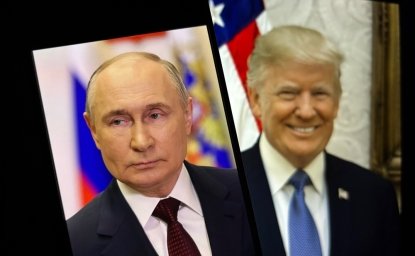
Trump Speaks with Putin in Effort to End Russia-Ukraine War
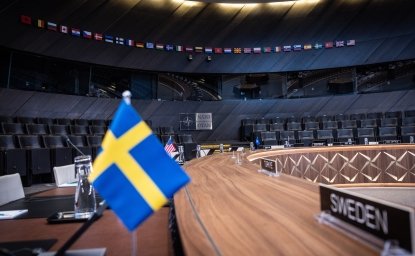
From Partner to Ally: Sweden’s First Year in NATO

“Security, Europe!”: Poland's Rise as NATO's Defense Spending Leader
